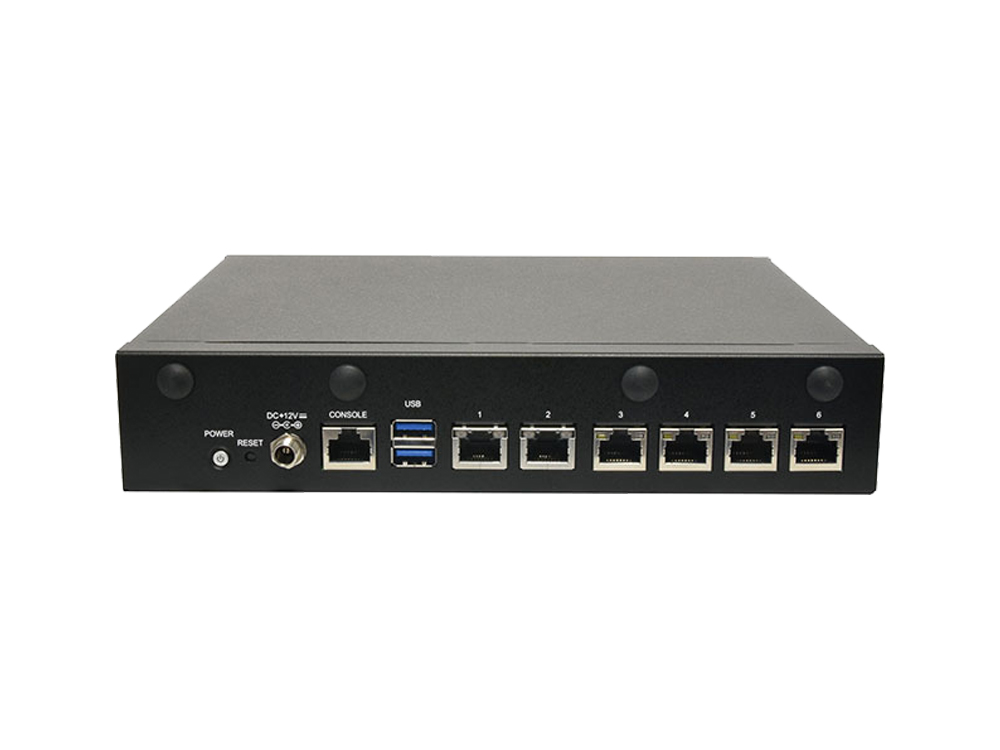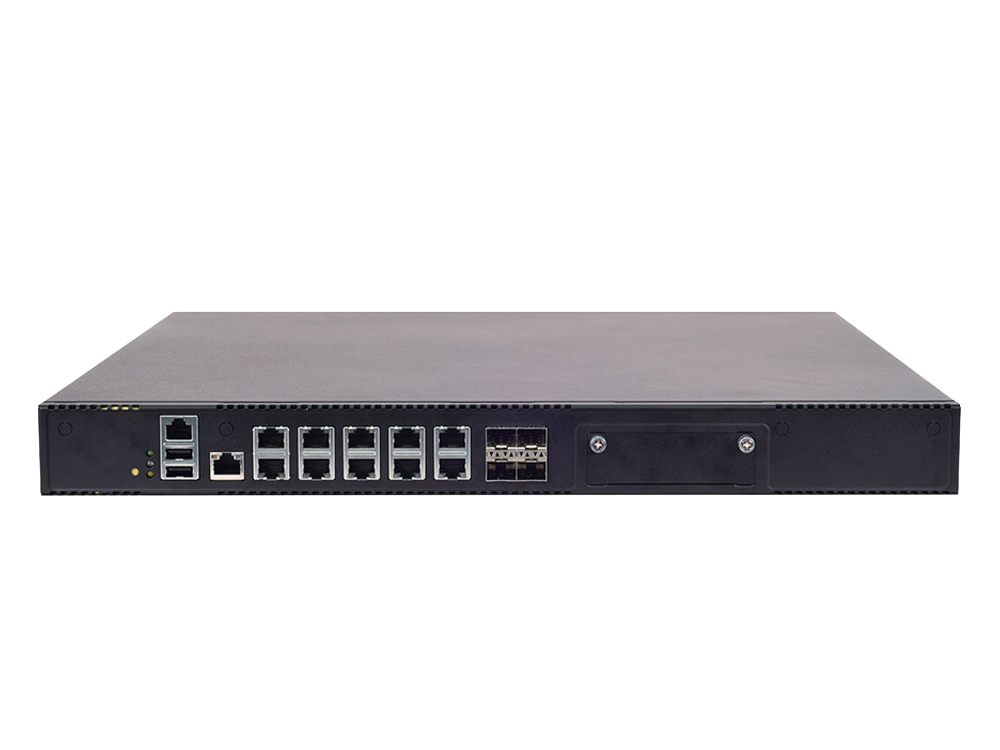Background
Over the past decades or two, many organizations have invested in technologies that ensure their employees secure and reliable access to the corporate systems to carry out their work, regardless of their physical locations, mobile devices of personal choices, and varying quality of Internet connectivity. Although several versions of such digital transformation have been rolled out, not until public health emergencies such as the novel COVID-19 (coronavirus) pandemic hit the world did the need for a flexible workforce become crucial and widespread. As we are experiencing, the unprecedented dynamic COVID-19 pandemic has impacted our communities on a global scale, placing numerous underprepared businesses in a difficult spot while risking the wellness of their employees.
Challenges
Given the difficult situation where this escalating global health crisis seems to be no end in sight, many public and private companies as well as government entities have either advised or mandated their employees to work from home. Working from home, unquestionably, is the most feasible solution to keep both the employees safe and the business up and running. What follows this action is the question: is your network infrastructure ready to meet this new demand?
Apparently, it is not going to be an easy task to allow people access to your system remotely without compromising corporate data security. Moreover, in the face of even more business closures and broader quarantines, how can the new infrastructure implementation be done quickly and efficiently?
SD-WAN Enables Work from Home & Benefits
The software-defined wide-area networking (SD-WAN) is the key to the immediate transition to remote workforce, and has successfully enabled a number of enterprises to address these critical challenges presented by the COVID-19. To begin with, as VPN is the mostly-adopted remote working practice by organizations, SD-WAN comes as a virtualized firewall to secure traffic between remote locations and the data center, ensuring encrypted VPN connections with appropriate licensing. Additionally, when your employees are forced to decamp original office settings and start working with their personal devices through private network connections, SD-WAN can extend WAN services into their homes instantly. Other than the above, the SD-WAN offers other benefits including:
- The Zero Touch Provisioning (ZTP) to provide smooth and rapid provisioning, reducing configuration and deployment time from days to minutes.
- Enabling businesses to leverage broadband connections, effectively utilizing all existing bandwidth.
- Secure network isolation and advanced network security that segment and prioritize network applications/traffic types, allowing for assured performance of VOIP services from collaboration services such as Microsoft Office 365 and Zoom Meeting.
- Centralized management that seamlessly distributes policy changes and security updates directly to remote users or branch offices
For smart IT and business leaders, the recent unforeseen mass shift brought by COVID-19 has cast the spotlight on the necessity of placing remote working at the centre of their future business continuity plans. SD-WAN solutions, without a doubt, can not only efficiently connect home and branch offices with improved WAN availability but simplify WAN management, helping manage corporate resources in a cost-effective and scalable approach.
Lanner uCPE Platforms for SD-WAN
Prior to the outbreak of COVID-19, Lanner had seen how SD-WAN solutions are going to play a role in remote access adoption. Lanner provides wide range of uCPE Whitebox Solutions™ that help service provider accelerate centralized SD-WAN deployments for remote workforce with secure access, simplified management, reliable connectivity, uninterrupted communication, and zero disruption to all its services!
Recommended uCPE Selections
- The NCA-1513, a desktop network appliance powered by Intel® Atom® C3558/C3338/C3308 CPU, features robust performance and Intel QAT, greatly boosting network responsiveness and security by distributing processing power to more critical applications and by offloading computationally intensive compression and encryption/decryption tasks.
- The NCA-4020, a rackmount network appliance powered by Intel® Xeon® D-2100 (codenamed Skylake-DE) CPU, features 4~16-core computing performance, 10x GbE RJ45 (4 or 8 port PoE+), 4x 10G SFP+ and Intel® QAT for improved network performance; it is also a verified Intel® Selection Solution for uCPE.
Related Articles
- uCPE Powers Flexible and Secure WAN Services for B2B Retailers
- Converged White-Box uCPE Enables Multi-vendor SD-WAN for Retailers








